2018 – a year in emotion
Before we take a look at the big emotions evoked by 2018 ads, and predict what lies in store for the year ahead, it’s worth reminding ourselves what we mean when we talk about ‘emotions’.
Put simply, an emotion is an experience which we can consciously articulate and reflect upon. There’s a wide and rich vocabulary for naming and expressing these feelings, and we also communicate them physically in our facial expressions and body language.
It’s widely understood that emotions can be monitored and algorithmically analysed – otherwise known as sentiment analysis – thanks to the wealth of behavioural data that can be collected. To use Unruly as an example, we’ve amassed 2.2 million emotional reactions to video content. This same data set tells us that deploying emotions effectively in video campaigns leads to a 23% uplift in sales volume.
We took at look at some of the most famous – and sometimes infamous – ads in different markets around the world to track the big emotions that were being used by advertisers in 2018.
Happiness, inspiration, warmth and amazement dominated the top of the emotions chart for 2018 ads. But how did these emotions play out around the world in advertising?
Happiness
One of the ads that scored highest for Happiness last year was produced by Samsung, and distributed in the Philippines. ‘Be Together’ shows different Samsung devices being used to connect friends and families at Christmas. The ad continues a well-worn tradition of using emotional covers of popular hits (in this case a reworking of Keane’s ‘Somewhere only we know’) and features a diverse mix of characters and locations.
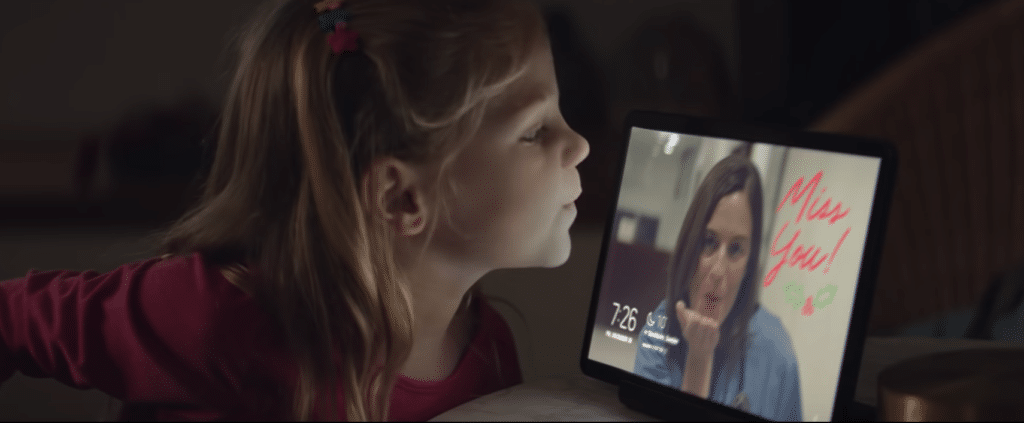
In the Philippine market, the ad indexed an emotional response of 42% Happiness (making it one of the highest scoring ads in any market for the entire year), 39% Inspiration and 30% Warmth – this compares to local norms of 28% Happiness, 23% Inspiration and 14% Warmth. The ad also significantly over-indexed on Nostalgia, scoring 9% against a national norm of 3%.
This combination of strong positive emotions carried forward into impressive key metrics, outperforming local market norms in every category: including the all-important Purchase Intent and Brand Favorability.
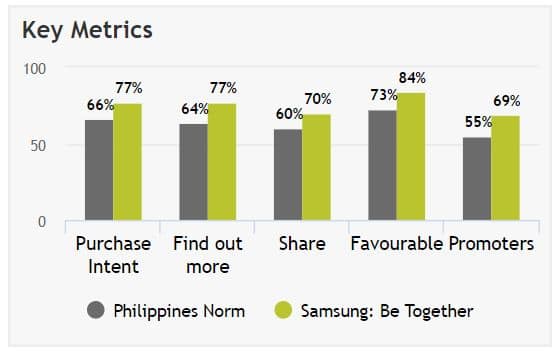
There was very little difference in any of the results by gender split, although older viewers did experience slightly stronger responses (such as 46% Happiness and 81% Purchase Intent). But what did viewers actually have to say about the ad? The story of using technology to connect with loved ones was a powerful one in the Philippine market: “I can relate to the video… using modern technology to connect with relatives far from me” and “It reflects greatly to people working abroad with family left at home”, were typical examples of viewer feedback.
Interestingly, a slightly longer version of this ad was tested in the UK, and failed to excite its audience in the same way. The strongest emotion for the UK audience was Warmth (at just 14% compared to the Philippines 30%) with Happiness ranking second at 13% (compared to 42% in the Philippines). This more muted reaction was carried through to key metrics – which although positive were not as strong in the UK: Purchase intent 36% (against a norm of 30%) and Favorability 35% (against a norm of 29%). It’s also worth noting that when testing for Brand Recall, 100% of Philippine respondents correctly identified the ad as Samsung or Samsung Galaxy – where as 28% of UK respondents couldn’t tell or couldn’t remember the brand.
Inspiration
One of the ads to score big with Inspiration last year was Home Depot with its ‘Shows up” campaign. Designed to celebrate the work of the Home Depot foundation, which helps volunteers with building projects for veterans, communities and disaster relief, the film features footage of volunteers at work, and examples of successful building projects.

This was one of the highest scoring ads for Inspiration tested in the US market – reaching 32% against a market norm of 10%. This was closely followed by Happiness at 32% (norm 12%), Warmth at 26% (norm 7%) and Pride at 24% (norm of 5%).
The ad resonated particularly strongly with women, scoring 36% for Inspiration compared to 29% for men,
Once again, a cocktail of strong emotions translated into very positive key metrics, particularly with groups age 35+, where Purchase Intent scored 55% (against a US norm of 35%) and Favouribility at 73% (from a norm of 35%).
Sadness
While it’s easy to think that positive emotions make for good advertising, there are situations where negative emotions can also be a valuable asset – especially when trying to educate an audience, or spur them into action. It’s a technique the charity sector has used for years.
One of the ads which scored the highest for Sadness in 2018 also generated a significant amount of press coverage – not least for the controversy that arose when the ad was blocked from broadcast by a UK regulatory body for being too political. ‘Rang Tan: the story of dirty palm oil’ was originally produced by Greenpeace in August, but was adopted as a Christmas campaign by UK value supermarket chain, Iceland. The animation told the story of a young girl who finds a baby orangutan in her bedroom, with a narration by actor Emma Thompson.
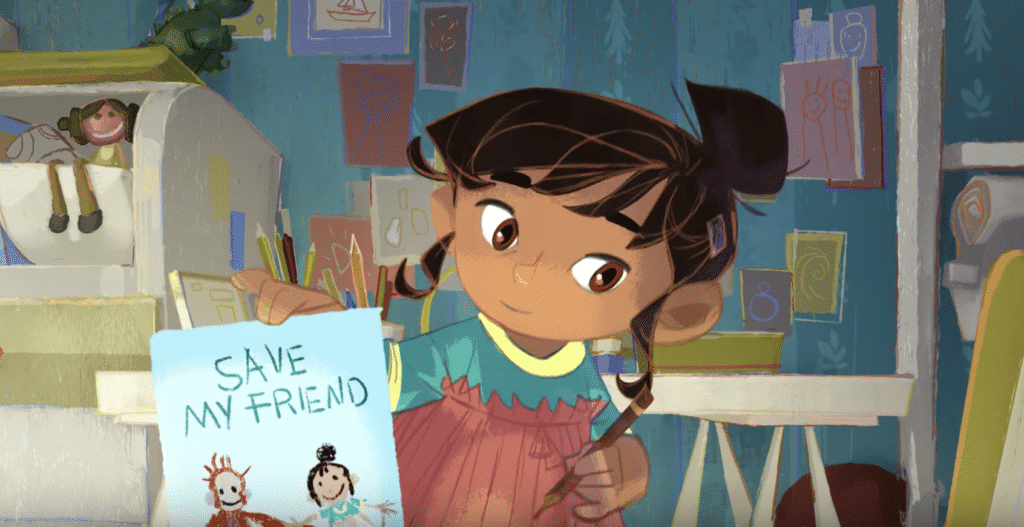
UnrulyEQ testing revealed the dominant emotion by 18 points for the ad was Sadness, at 26% (against a UK norm of 1%). The ad also scored very highly for Shock (16% compared to a norm of 3%) and Disgust (15% compared to 4% norm). Given that the brand was not originally produced for Iceland, it’s not surprising that only 75% of viewers connected the ad to Iceland in brand recall.
Women found the ad more sad than men (31% compared to 21%) while men identified higher levels of Disgust (17% compared to 14%).
Even such dominant negative emotions led to positive key metrics across the board, with Purchase Intent and Brand Favorability both scoring well above UK norms.
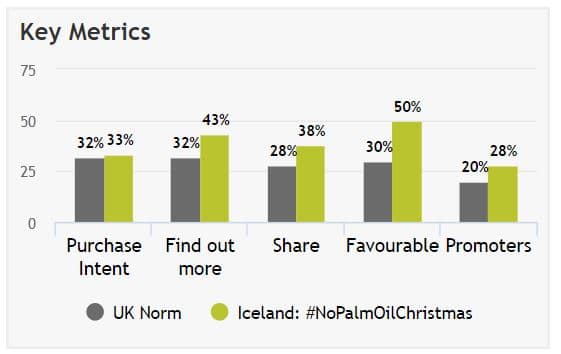
Nostalgia
Nostalgia is a powerful emotion. It can compensate for negative situations, and create meaningful connections with the past. It elevates feelings of continuity, which in unsettled times can be welcome relief for audiences.
Nostalgia is a prominent tool in advertising, and last year three of the higher scoring ads for Nostalgia were all for movies: Mary Poppins Returns, Bohemian Rhapsody and Mamma Mia 2. The presence of Nostalgia as a dominant emotion in all these campaigns is not surprising – two are sequels to well-loved films, while Bohemia Rhapsody is a biopic for legendary Queen frontman, Freddie Mercury.

Focussing on Mary Poppins Returns, the long-awaited sequel to the 1964 Disney classic was tested by UnrulyEQ in Germany and the UK. The trailer massively over-indexed on Nostalgia in Germany: 12% against a norm of 2%, closely followed by Happiness (10%).
In terms of key metrics, the trailer broadly matched German market norms, with a slight increase in the desire of audiences to find out more.
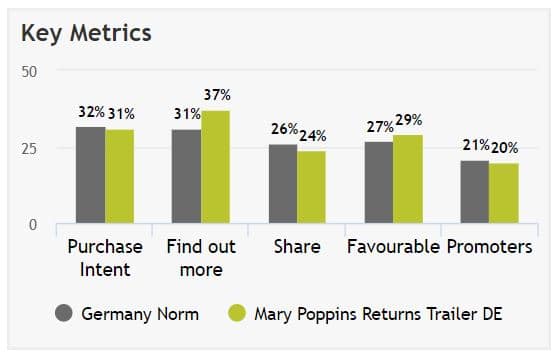
The ad resonated more with women, who scored higher across the board in key metrics, especially in Purchase Intent (35%) and Favourability (31%).
UK audiences responded significantly better, where Nostalgia topped the dominant emotions at 16%. The UK also responded significantly more positively across all key metrics, particularly in Purchase Intent (43% against 30% norm) and Favourability (39% against 29% norm).
How did this translate into box office results? As of 6 Jan 2019, Mary Poppins Returns is estimated to have clocked up $5,690,189 at German cinemas. For reference, Aquaman, released on the same weekend brought in $12,674,225. Meanwhile in the UK, the mix of Nostalgia and Disney proved more potent, where Mary Poppins Returns brought in $29,471,956.
So what does this mean for 2019?
You’d be forgiven for thinking we live in bleak times. But according to Max Roser, an economist at the University of Oxford, there is every reason to smile. The world is a much better place than it has ever been – in almost every way: poverty, literacy, health, freedom, and education.
And according to Unruly’s proprietary emotional data set, video advertising is getting happier too. After surveying almost half a million respondents in 2018, the prevalence of positives across the ads we’ve tested has grown too – happiness is up from 7% to 10%; Inspiration 5 to 8%; Amazement 4 to 7% and Warmth from 5 to 6%.
In a time of political and economic uncertainty, there’s a huge opportunity for brands to give people what they want and lift the mood of the world as we continue into 2019.
